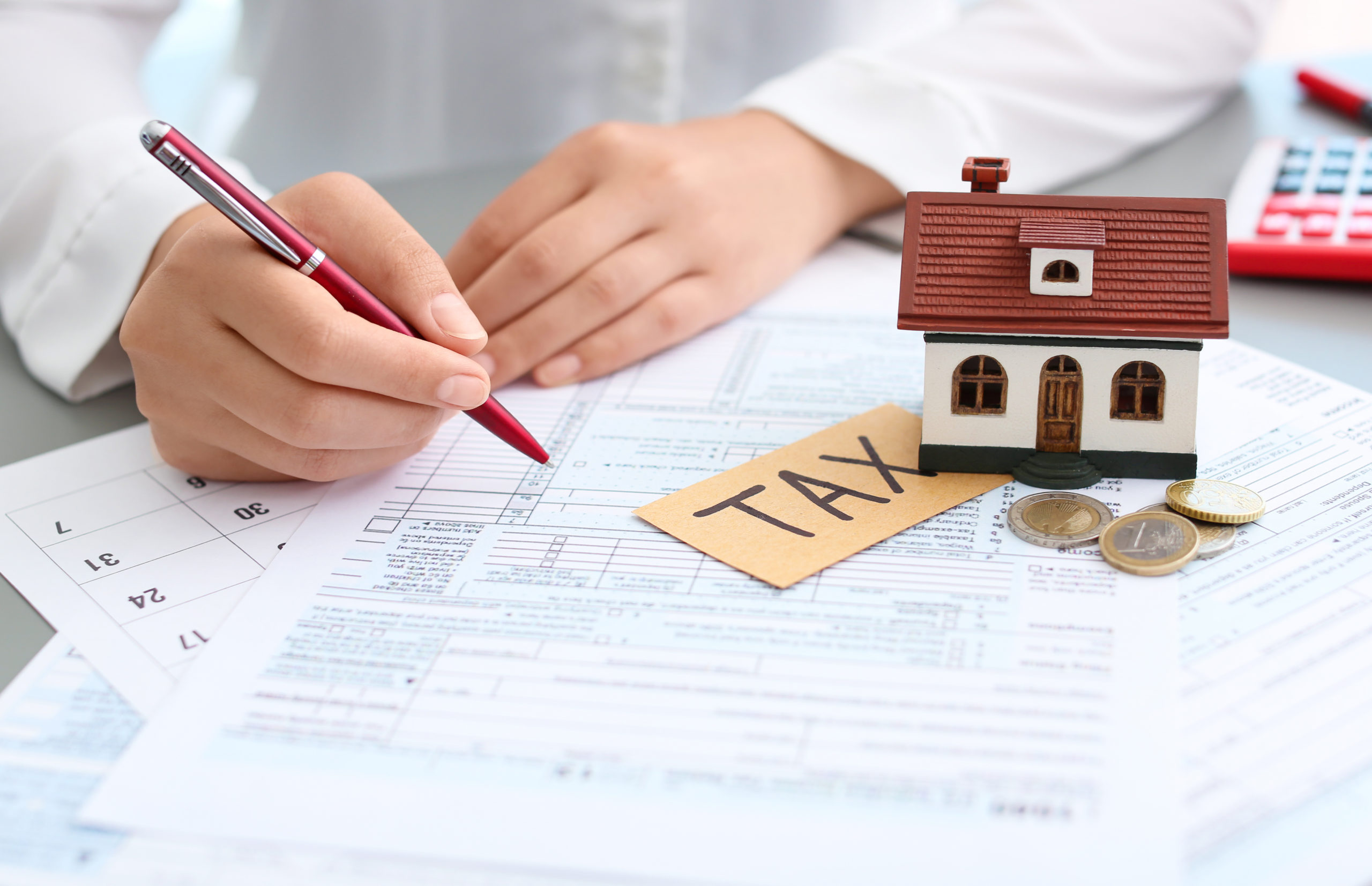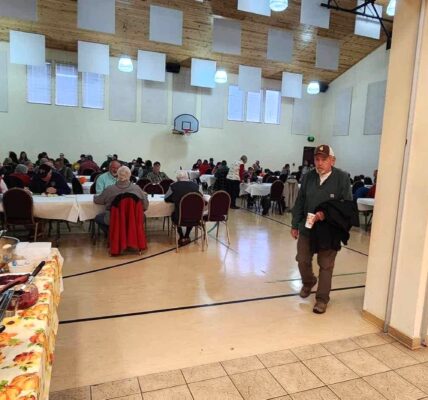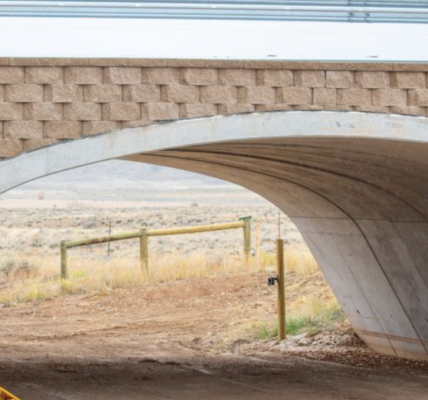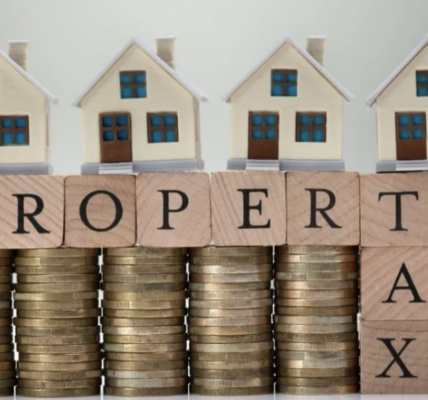
By Hannah Shields
Wyoming Tribune Eagle
Via- Wyoming News Exchange
CHEYENNE — Wyoming lawmakers are under immense pressure from their constituents to reduce property taxes, but a Washington, D.C. think tank warned state policymakers against going too far with property tax exemptions.
There are two types of personal property taxes: real property tax and tangible property tax. Real property tax applies to residential, agricultural, commercial and industrial properties. Tangible property tax is anything that can be seen and touched, such as a car, a boat, equipment and furniture.
Real property taxes are “relatively neutral,” largely because it’s a fixed location, according to vice president of state projects Jared Walczak, who works for the Tax Foundation.
“If you want dynamism, if you want the market to function properly, you want as neutral of a tax system as possible,” Walczak said during a meeting of the Legislature’s Joint Revenue Committee on Tuesday. “And the property tax is among the most neutral out there.”
The Tax Foundation works with state lawmakers across the nation. Walczak said the goal of the organization is to create “simplicity, neutrality, transparency, stability and a pro-growth environment,” with a focus on tax structure, rather than tax collections.
Wyoming faces a unique set of challenges compared to other states with its aging demographic and depleting young workforce. The majority of the constituents who complain of rising property taxes are retired seniors who live on a fixed income.
In their attempt to provide targeted relief for this demographic, lawmakers successfully passed a bill that creates a tax exemption for long-term homeowners. House Bill 3 gives those who qualify a tax exemption of 50% of the property’s assessed value, as long as the property owner or their spouse is at least 65 years of age and has paid property taxes in Wyoming for at least 25 years.
The state Department of Revenue is already working on designing applications for those who wish to apply. The bill, which has a two-year sunset date, goes into effect on Jan. 1, 2025.
However, Walczak warned that assessment limits on residential properties will drive up housing market prices for new homebuyers.
For example, California’s Proposition 13 created an assessment limit on home values, with 1975 set as the base year. For example, individuals who bought their homes in 1975 paid annual property tax of $1,803.
For new homebuyers in later years, however, the annual property tax increased significantly. By 2023, the property tax for a newly purchased home in that same area came out to $16,400 a year.
“Wyoming is not unique in having trouble with retaining and growing its population,” Walczak said. “The more that you benefit the longtime incumbent homeowners at the expense of new homeowners, which is what assessment limits will do, I think it’s going to be harder in the long run to have the growth you need.”
Assessment limits vs. mill levies
Adopting assessment limits creates a “lock-in effect,” Walczak said. Property owners with an assessment limit are less likely to move, because there is a cap on how much they have to pay in property taxes.
While this is a great deal for them, new homebuyers 10 years down the road will be forced to “bear the brunt of a much higher property tax.”
“They’re gonna have to pay the full real rate, which is going to have to be higher than it would be otherwise, because someone else … is receiving a much lower rate,” he said.
With people occupying their homes longer at a capped assessed value, this drives up the price for homes in the same neighborhood. On the other hand, he said, higher property taxes result in lower market prices.
“If you have low property taxes, the sales price is higher, because it affects the future costs of ownership,” Walczak said. “Obviously, this will depend on the elasticity. It depends on how hot or cold your property market is, how much demand there is, how much people need to live in a place.”
Rep. Tony Locke, R-Casper, said the bottom line for many Wyomingites is that they simply cannot afford the burden of rising property taxes, which have more than doubled for some residents.
“How much is taken into consideration for the consequences of the taxpayer?” Locke said. “That’s ultimately the issue most of us are fighting, quite honestly. It doesn’t do any good to continue to crush the people that are paying the dollars.”
Walczak said limits on mill levies would be the “least distorted” solution. Assessment limits and homestead exemptions will only distort the housing market down the road, he said, as well as radically reduce property taxes.
Reduced mill levies, however, would keep market valuations as the basis, he said, and can easily be set at the county level.
Lawmakers were hesitant to limit mill levies, since this revenue largely funds Wyoming’s public education system.
“It’s political suicide to cut education spending, and our mill levies are basically set in stone,” said Revenue Committee co-Chairman Sen. Bo Biteman, R-Ranchester. “They’re not going to drop the 12 mills for education; that’s just not going to happen. We’ll get sued.”
Biteman said it was for this reason that lawmakers chose to cap rising property values. Walczak brought the conversation back to the fact this route is only going to burden future homeowners down the road.
“If you’re concerned about education, or anything in the future, you probably don’t want to be shifting disproportionately the burden to those who are going to move in,” he said.





